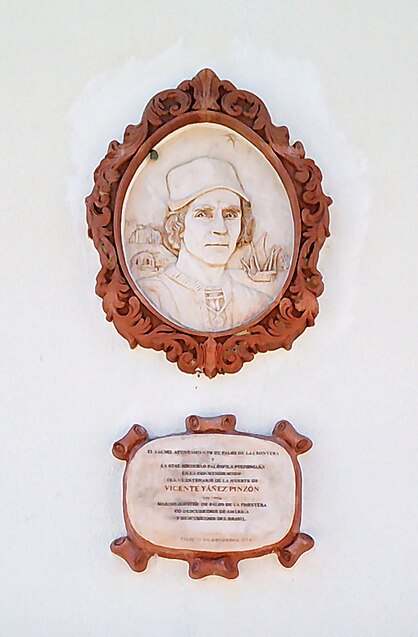This Day in World History
January 26, 1500
Pinzón Becomes First European to Land in Brazil
 On January 26, 1500, Spanish sailor Vincente Yáñez Pinzón spotted land. He named the cape the Cabo de Santa María de la Consolación. The site was near modern-day Recife, Brazil, making Pinzón the first European to explore Brazil.
On January 26, 1500, Spanish sailor Vincente Yáñez Pinzón spotted land. He named the cape the Cabo de Santa María de la Consolación. The site was near modern-day Recife, Brazil, making Pinzón the first European to explore Brazil.
Pinzón was an accomplished navigator who had taken part in the famous 1492 voyage of Christopher Columbus. Pinzón commanded the Niña while his brother Martín commanded the Pinta (a third brother, Francisco, was Martín’s chief officer on that ship). It was not until 1499, however, that Pinzón set out on a new expedition.
In November of that year, he sailed from Palos, Spain, reaching the South American coast by the next January. He spent several months exploring the coast, reaching as far north as the mouth of the Amazon River. Pinzón noticed that the color of the water had changed and, after sampling that differently color water, found it to be freshwater, and not saltwater. He named the body the Mar Dulce, or Sweetwater Sea, and using the strength of the outflowing current, he sailed for the West Indies before returning to Spain.
Records and maps from the Age of Exploration are not always clear or without controversy. Pinzón’s sighting of Brazil is subject to these uncertainties. Some historians think that he landed in Venezuela, not Brazil, and encountered the Orinoco River, not the Amazon. They believe that Portuguese explorer Pedro Álvares Cabral—who certainly reached Brazil in April of 1500—was the first European to land there. At any rate, Portugal, not Spain, gained possession of Brazil and made it the cornerstone of its American empire.
“This Day in World History” is brought to you by USA Higher Education.
You can subscribe to these posts via RSS or receive them by email.





Recent Comments
There are currently no comments.